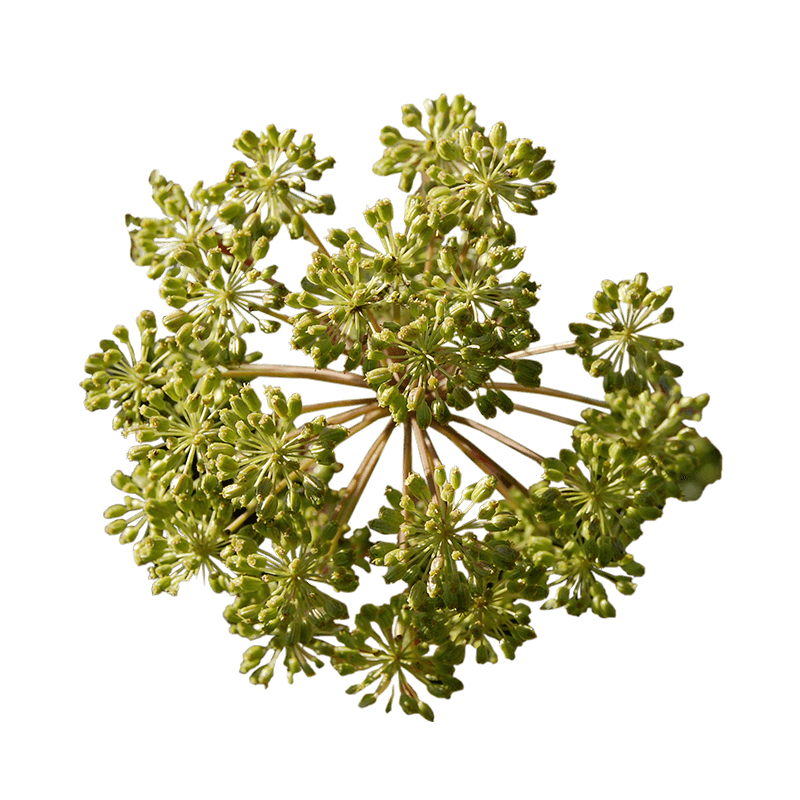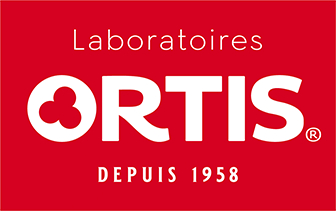
Common angelica
Latin name
Origin
Used part
Active components
Essential oil: stimulates the secretion of digestive juices and has a calming and spasmolytic effect.
Bitter principles: stimulate digestion.
Usage
Bibliographical references
- Angelica archangelica Linn. is an angel on earth for the treatment of diseases
ZA Bhat, Dinesh Kumar, MY Shah
Int J Nutr Pharmacol Neurol Dis 2011;1:36-50
International Journal of Nutrition, Pharmacology, Neurological Diseases: http://www.ijnpnd.com/article.asp?issn=2231-0738;year=2011;volume=1;issue=1;spage=36;epage=50;.. - Hepatoprotective effect of Angelica archangelica in chronically ethanol-treated mice.
Yeh ML, Liu CF, Huang CL, Huang TC.
Pharmacology. 2003 Jun;68(2):70-3.
Pubmed: http://www.ncbi.nlm.nih.gov/pubmed/12711833 - Angelica archangelica Roots Water extraction as a Natural Antioxidant Tolerating ROS Production in Lead Poisoning
Bassem M Raafat, Saad M Zahrany, Ali S Al-Zahrani, Emad Tawifiek, Anas M Al-Omery
RJPBCS Volume 3 Issue 2 Page No. 795; April – June 2012
Research Journal of Pharmaceutical, Biological and Chemical Sciences: http://www.rjpbcs.com/pdf/2012_3(2)/[94].pdf - Enhancement of rat hepatic and gastrointestinal glutathione and glutathione S-transferases by alpha-angelicalactone and flavone.
Nijhoff WA, Bosboom MA, Smidt MH, Peters WH.
Carcinogenesis. 1995 Mar;16(3):607-12.
Pubmed: http://www.ncbi.nlm.nih.gov/pubmed/7697820 - Prophylactic effect of Angelica archangelica against acute lead toxicity in albino rabbits
A.A. Elgohary, M.W. Shafaa, B.M. Raafat, R.A. Rizk, F.G. Metwally, A.M. Saleh
Romanian J. Biophys., Vol. 19, No. 4, P. 259–275, Bucharest, 2009
RSPAB: http://www.biophysicsnet.ro/rjb/articles/256/aaelg.pdf
The health claims that feature on our website in relation to the plants contained in our products are compliant with the list of health claims awaiting final assessment by the Community authorities (cf. website of the European Commission: http://ec.europa.eu/nuhclaims/). However, they may be subject to modification following their assessment by the national competent authorities.
The health claims relating to other nutrients or substances contained in our products that feature on our site are compliant with Regulation No. 432/2012 of the Commission of 16 May 2012 which establishes a list of authorised health claims authorised in relation to food products, other than those in reference to the reduction of the risk of disease as well as community-based development and child health (cf. website of the European Commission: http://ec.europa.eu/nuhclaims/).

 Belgique
Belgique  België
België  France
France  Italia
Italia  Portugal
Portugal  España
España  United Kingdom
United Kingdom  Κύπρος
Κύπρος 